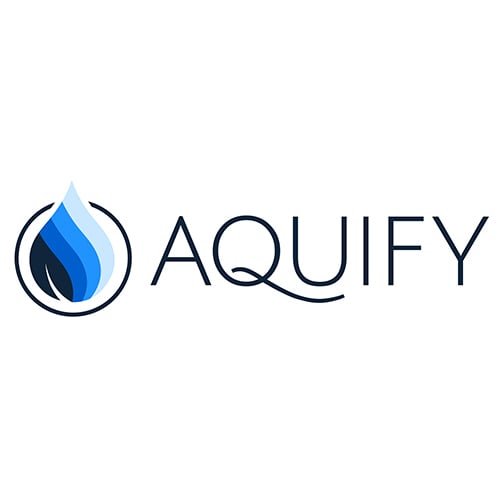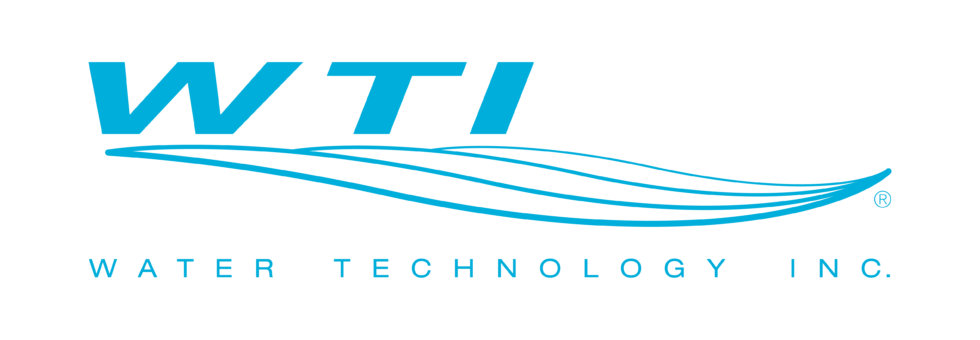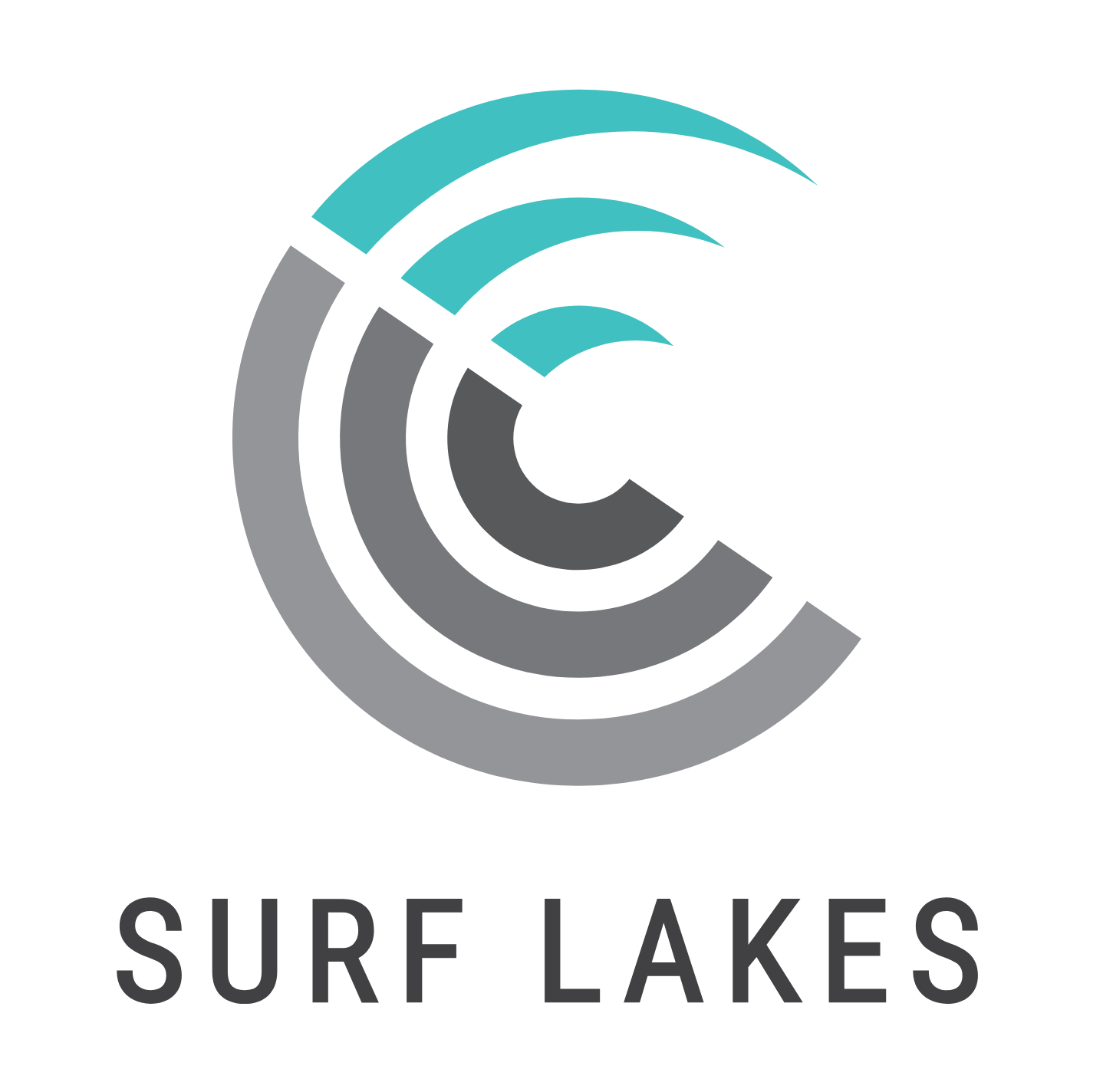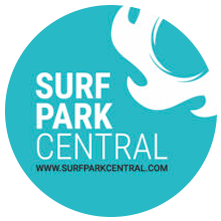
Surf Park Central has, over our 10 years of operations, fielded multiple calls from concerned investors with limited knowledge of the space, wondering what it means for the future of the industry when a park fails. Leaders in the surf park industry have warned loudly and often that a failure for anyone in the surf park industry is failure for the entire industry. Any operating gap at a single park can impact negatively on the ability of all future surf parks to secure funding, permits, and win community support. For example the Ron Jon surf park failure in 2008 combined with the global economic downturn to set back the industry by quite a few years.
So, has the failure of the surfing component of Adventure Park Snowdonia thrown a spanner in the collective works of the dozens of surf park projects inching towards funding around the world.
I tend to think not. Here’s why…
An analysis of the issues underlying the situation at Snowdonia reveals just how far the industry has come in eight years. Also, we see clearly how important it is to remain plugged into the global surf park community to learn, evolve, share best practices to succeed when it comes to ongoing operations.
For example, the water treatment and preventative maintenance technologies and practices employed today, and continuing engineering advances among emerging technologies, mean that the specific issues that led to Snowdonia closing its surf lagoon operations are not existential threats to current and future surf park developments using the technologies on the market today.
For those who attended Surf Park Summit 2017 in Europe, the VIP breakfast, which was hosted at Surf Snowdonia, with Developer Andy Ainscough and father Martin, was a hit with everyone. Martin had purchased the land with a view to build an adventure leisure development when Andy saw a video of Wavegarden’s test facility in the Basque Country and got inspired. Martin was willing to take a chance on Andy’s dream. Being first to market with a new and unproven technology was most likely going to necessitate this type of family investor as more traditional forms of debt and equity financing had no idea what this thing was or what the ROI was likely to be.
On opening in 2015 Surf Snowdonia got off to a rocky start. As Martin Ainscough put it to the VIP session at Surf Park Summit Europe in 2017 (read the following with a gruff Manchester accent for best effect), “shortly after opening the f@#%ing thing broke”. And it wouldn’t be the last time.
The design choices with the original Wavegarden lagoon technology was only able to produce two shoulder high spilling waves every 90 seconds that did not bear a high level of fidelity to the feeling of surfing ocean waves. Despite these challenges Surf Snowdonia did well. For a time it was the only game in town and delivered a good experience for surfers, the waves were still all kinds of fun. In its first full month of operation the park exceeded expectations and attracted more than 15,000 visitors.
Within four months of Snowdonia opening, however, KSWaveCo changed the surf park paradigm forever with their video reveal of the wave quality at the Surf Ranch. Two and a half years later American Wave Machines demonstrated its Perfect Swell pneumatic technology with previously unseen levels of throughput and customization in Waco, Texas. Then the next year Wavegarden left its Lagoon technology behind and pivoted to the incredibly energy efficient electro-mechanical Wavegarden Cove, capable of producing in the realm of 1000 waves per hour of amazing quality. Surf Lakes revealed its unique ‘central wave making device’ and circular lake approach to making waves in the same period and achieved even greater throughput. These developments rendered the Snowdonia era technology effectively out of date.
But it wasn’t the slow throughput and modest wave quality that spelled the end for the wave at Adventure Parc Snowdonia, it was the cost of the regular repairs and lost revenue caused by breakdowns that led to its demise.
From Wavegarden’s official response, they say that the park could have continued operations for many years but for a lack of preventative maintenance and adequate water filtration. The idea being the brown water in the lagoon, caused by very fine peat and silt particles, made inspection of the machinery very difficult, and that Snowdonia was the only Wavegarden facility without a preventive maintenance contract, choosing instead to manage this function instead. The commercial and cost implications to the park of these decisions being left unspoken, it’s clear that maintenance plays a key role that operators need to consider carefully and revisit on an ongoing basis.
SO… WHAT NOW?
While the situation is really sad and a loss of a great surf park in a truly beautiful setting, the good news is that basically none of the reliability and maintenance problems at Snowdonia are likely to impact any of the surf parks built since then, because of a few key advancements we’ve seen in the last 8 years:
Preventative maintenance is no longer a matter of draining a lagoon or sending scuba divers in to inspect machinery in murky water… that’s how they used to do it! Most surf park technologies now have very advanced systems that utilize hundreds of sensors that use significant computing power, and the power of IoT (the internet of things) to detect issues before they happen, for example Siemens Mindsphere is used in Surfloch installations.
Most repairs do not require the lagoon to be drained of water. Repairs are made in dry rooms outside of the water. Many systems use ‘off the shelf’ components that are readily available for purchase and do not require a bespoke build by the wave technology.
Most technologies no longer have a single point of failure. Pneumatic and electro-mechanical systems can still function with some modules inoperable.
This isn’t the last word on this topic – maintenance in surf parks is an ongoing area of study. Wave generation technologies have zero interest in seeing their systems fail, and have learned from the mistakes of the past that preventative maintenance and the ability to detect issues before they happen is vital to providing value to their customers. Wavegarden, for example, now requires all its projects to use their preventative maintenance and water filtration systems to ensure the issues experienced at Snowdonia are not repeated.
I hope for any of you future Operators out there, that you heed this warning and take action to plan your long term operational strategy in detail to avoid the common pitfalls mentioned. I hope you’ll also join us at Surf Park Summit, next week September 18-20th, in San Diego to discuss. Contact me directly with any questions or comments. Until next time!
— Dr. Jess Ponting






















